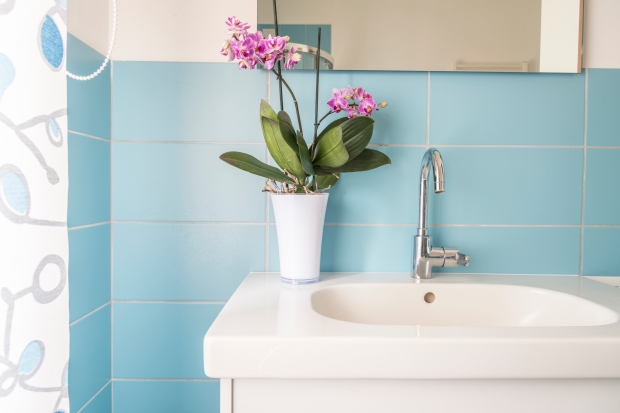How to Accent Different Rooms with Indoor Plants
There are many different ways to incorporate plants into your home, accenting your decor and bringing greenery inside. Whether in the bedroom, kitchen, living room, or bathroom, you can get creative with plant placement.
Bedroom Nightstand
Your nightstand or end table is a great spot to add a small plant like a succulent, African violet, or cyclamen. Place potted plants in various sizes and colors at the sides of a large window, balcony door, or a reading bench where they can access plenty of sunlight. Huge monstera plants can add drama when tucked in an empty corner or next to a dresser.
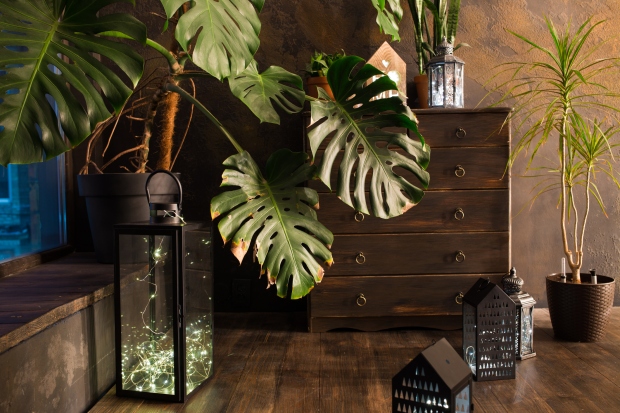
If you’re having trouble sleeping, add a lavender plant, jasmine, or gardenia close to your bed. Their calming scent will help improve your sleep.
On Top of Kitchen Cabinets
Vining plants like philodendron, pothos, or something with a graceful, arching shape like a peace lily or spider plant make a great addition to your kitchen. If you’re short on space, hang them from the ceiling or put them on top of a kitchen cabinet or the refrigerator so they can drape over the side.
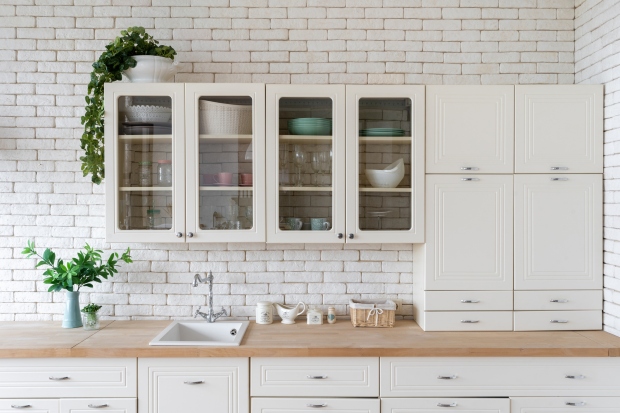
Living Room Corners or Shelves
If your living room has a stark, empty corner, fill the space with a tall, narrow plant like a ficus, bamboo, indoor pine, or palm. Their simple, upright structure will keep them from taking over and overwhelming the room while introducing color and texture.
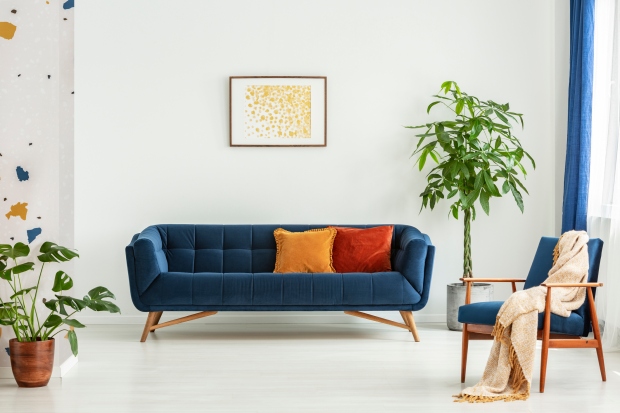
Another idea for your living room is to hang geometric shelves in metal or wood to hold smaller plants. The foliage color against the shelf texture is stunning.
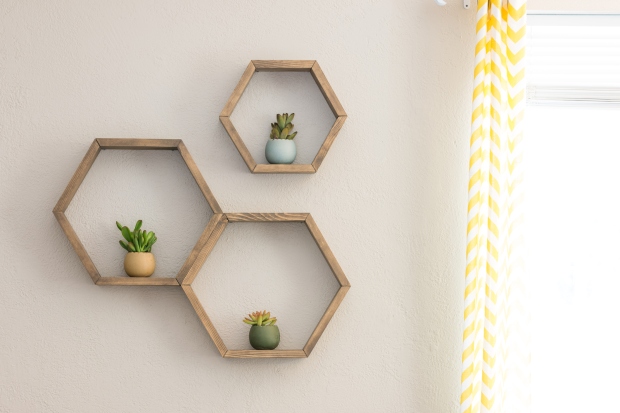
Bathroom Counters or Edge of the Bathtub
Putting plants in your bathroom will instantly give it a more luxurious and spa-like feel. If space permits, you can stage houseplants around a large soaking tub to create a relaxing oasis or hang a basket with a vining plant in the shower.
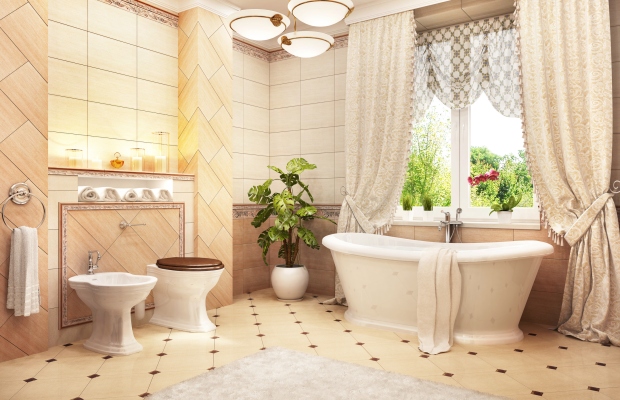
Smaller bathrooms with less open space benefit from a potted plant or two on the sink vanity or hang floating shelves on an empty wall for extra space.
